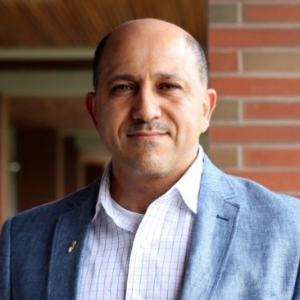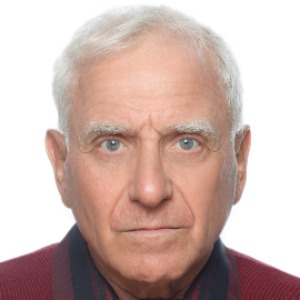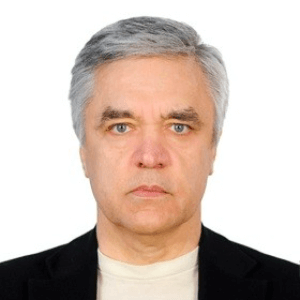Chemistry of Transition Elements
Transition metals are described as elements with partially full d orbitals (or that readily form them). The d-block (groups 3–11) and f-block element elements are among them. Transition metals have a wide range of properties due to their complicated valence shells. Unlike most main group metals, which only have one oxidation state, transition metals have a valence shell structure that allows them to exist in multiple stable oxidation states. Compounds contains lots of transition elements are known for being brightly coloured. The d-orbitals absorb light of various energies as visible light passes through a transition metal complex dissolved in water. A clearly coloured solution is produced when visible light of a certain energy level is not absorbed.
- Properties of transition metals
- Transition metals and compounds
- Coordination Chemistry

Hossam A Gabbar
Ontario Tech University, Canada
Victor John Law
University College Dublin, Ireland
Alexander Bagaturyants
National Research Nuclear University MEPhI, Russian Federation
Sergey Suchkov
N.D. Zelinskii Institute for Organic Chemistry of the Russian Academy of Sciences, Russian Federation
Shree Niwas Chaturvedi
Centre for Aptitude Analysis and Talent Search, India
Pieter Samyn
SIRRIS, Belgium




Title : Advances in plasma-based radioactive waste treatment
Hossam A Gabbar, Ontario Tech University, Canada
Title : Unraveling the ultrastructure and functions of the neuronal membrane skeleton using super-resolution fluorescence microscopy
Zhou Ruobo, Djillali Liabes University of Sidi Bel Abbes, Algeria
Title : Solar box cooker dehydration, and relative humidity endpoint detection, of lamiaceae culinary leaves on the island of Crete
Victor John Law, University College Dublin, Ireland
Title : Nutrient and heavy metal loads from the Ribeiras to Coastal zones: A land-ocean continuum perspective in Madeira Island
Aracelis Del Carmen Narayan Rajnauth, University of Porto, Portugal
Title : Prospective polyoxometalate-based covalent organic framework heterogeneous catalysts
Arash Ebrahimi, Comenius University Bratislava, Slovenia
Title : Eliminating implant failure in humans with nano chemistry: 30,000 cases and counting
Thomas J Webster, Brown University, United States